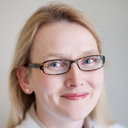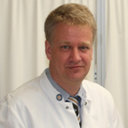Skin infections in organ transplant recipients.
الكلمات الدالة
نبذة مختصرة
In contrast to the well-described high risk of skin cancer in organ transplant recipients, skin infections in these patients are not as well explored. Skin infections caused by viruses, bacteria or fungi represent a growing diagnostic and therapeutic challenge in the dermatological aftercare of organ transplant recipients. Differing immunosuppressive drugs and their variable dosage in chronologic sequence after transplantation probably influence the type and appearance of skin infections. The typical chronology of skin infections are wound infections, pyoderma or the reactivation of herpes viruses in the first month post-transplant; the main problems in months 2-5 are opportunistic infections and reactivation of varicella-zoster virus. After 6 months as immunosuppression is reduced, the spectrum of causative organisms approaches that of the general population; mycoses and human papilloma virus (HPV) infections dominate. A causal connection exists between infection with oncogenic viruses such as HPV, Epstein-Barr virus and human herpesvirus 8 and specific skin cancers (squamous cell carcinoma, Kaposi sarcoma and post-transplant lymphoproliferative disorders). Dermatological care of organ transplant recipients using appropriate diagnostic methods adapted to the modified clinical pattern may lead to early adequate treatment.




